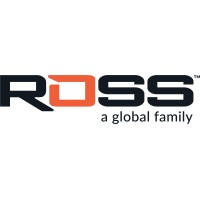
Acrovision
Acrovision offers the complete Sales and Technical solution to for your Automatic Identification needs. From product-only supply to replacement of full turnkey installed systems, supported with a comprehensive package of after-sales services. Our product range includes Barcode Readers – handheld and fixed position – 1D and 2D, Barcode Printers, RFID Systems, Industrial Sensors and Camera Vision products. We are partners and strongly supported by many of the Industries leading manufacturers. Acrovision specialises in the world of Direct Part Marking and Identification (DPMI). DPM technology offers many benefits including true 'Cradle to Grave' traceability leading to many leading companies and industries laying down specific regulations and requirements for their suppliers to directly mark items.






